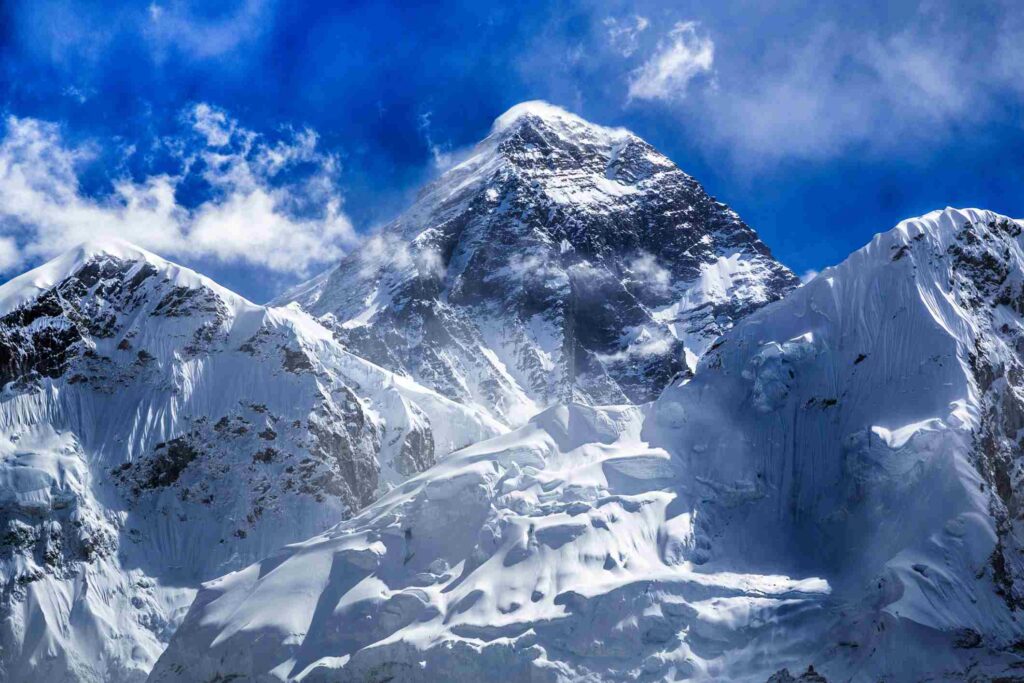Introduction:
A new report by the International Centre for Integrated Mountain Development in Kathmandu warns of unprecedented melting rates in the Hindu Kush Himalayan mountain ranges. The loss of up to 80% of glacier volume by the end of the century is projected if significant reductions in greenhouse gas emissions are not achieved. This alarming finding, supported by international scientists, highlights the acceleration of ice loss in the region, posing severe risks such as flash floods and avalanches. The consequences extend to approximately 2 billion people living downstream, who heavily rely on the freshwater supplied by the 12 rivers originating from these mountains.
Climate Change Threatens Hindu Kush Himalayas: Glacial Melt Accelerates, Freshwater Supply at Risk
Melting Glaciers and Impending Crisis: The latest report reveals that glaciers in the Hindu Kush Himalayas are melting at an unprecedented rate, jeopardizing their very existence. The region, known for iconic peaks like Everest and K2, faces a dire future if greenhouse gas emissions remain uncontrolled. The consequences of glacial retreat are manifold, including an increased likelihood of flash floods and avalanches. Furthermore, the availability of freshwater for nearly 2 billion people living downstream is severely compromised, with potential ramifications for multiple countries.
Interconnected Water Sources:
The ice and snow in the Hindu Kush Himalayas serve as vital water sources for the 12 rivers that flow through 16 Asian countries. These rivers support the livelihoods of 240 million mountain dwellers and supply water to an additional 1.65 billion people residing downstream. The report’s authors, including migration specialist Amina Maharjan, underscore the disproportionate vulnerability of mountain communities to climate change, despite their minimal contribution to global warming. Existing adaptation efforts are deemed insufficient, raising concerns about their ability to cope without enhanced support.
Accelerated Glacier Loss and Looming Threats:
Previous studies have consistently emphasized the vulnerability of cryosphere regions to climate change, and the Hindu Kush Himalayas are no exception. Startling research findings indicate that Mount Everest’s glaciers have lost an equivalent of 2,000 years’ worth of ice within the past three decades alone. The report provides a comprehensive understanding of the interconnectedness between cryosphere change, water resources, ecosystems, and society in this mountainous region. It highlights that since 2010, Himalayan glaciers have disappeared 65% faster compared to the previous decade, with diminishing snow cover due to global warming resulting in reduced freshwater supply downstream. The report also warns of the growing hazards associated with approximately 200 glacier lakes, which could lead to a significant increase in glacial lake outburst floods by the end of the century.
Impacts on Himalayan Communities:
The adverse effects of climate change on Himalayan communities are already acutely felt, as exemplified by the recent sinking of the mountain town of Joshimath, necessitating the urgent relocation of its residents. Experts stress the urgent need to limit global warming to the agreed-upon target of 1.5 degrees Celsius, as established in the 2015 Paris climate conference, to prevent irreversible changes in Earth’s snow, permafrost, and ice. Swift action is required to mitigate the looming crisis and protect the fragile ecosystem and water resources of the Hindu Kush Himalayas.


